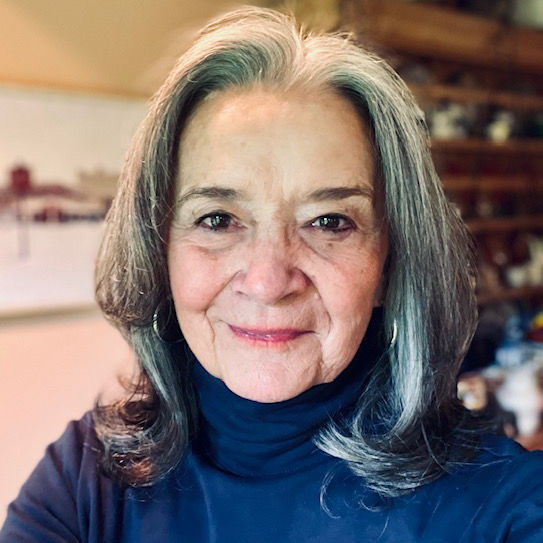Preparing Our Kids for 1982 : Time Traveling through Testing
Cross posted to ASCD Edge
Are your students time-traveling on testing day? Back to the 1980’s- let’s go.
If your tests are overwhelmingly multiple choice, fill in the blank, short constructed essay, longer extended essay whether open book or open note, then welcome back to the old days. I did some archival research online and found tests and items that went back to the late 1970’s and early 1980’s and found that they are identical TYPES of assessment to present day assessments. In many instances, they are identical in content as well.
Not only are the types of tests the same, too often so are the tools. We continue to venerate the #2 pencil. I wonder, when the pencil was invented, did kids have to go to PENCIL-LAB?… Did they march down the hall to the lab, return to the classroom, pick up their quills, dip them in an inkwell and proceed back to “work”?
Is there hope? Yes, I am reminded of the state of Rhode Island’s policy of graduation by proficiency with a student developed digitalized portfolio beginning with the primary grades through to graduation. I would direct readers to the CCSSO EdSteps project with a remarkable new way to collect a national pool of student work. Authentic dynamic assessments are emerging in pockets and in classrooms around the country. Let’s surface them prominently and especially those that are geared toward 2020. Curriculum 21 calls for upgrading on all levels- one replacement at a time. Are our student assessments reflecting moderns forms of media and contemporary issues? Some argue that new forms diminish the traditional skills, I disagree. If our students are engaged then we will see better quality basics. We can and must show reading, writing, speaking, and listening skills- whether in a web 2.0 application or creating a documentary. If a student cannot read, he or she cannot read a computer screen. The great fundamentals of the past need to be lifted into 2011.
On our C-21 Clearinghouse at the Curriculum 21 website we have posted open access tagged interactive tools for educators to try new approaches to engage their learners. We see this also as opportunity to update assessment practice as well. (For example, Take a look at gapminder and see how you might use it to engage your students in meeting an array of standards.) We are beginning a new project with ASCD on collecting upgraded projects from teachers around the world to share and to inspire us all moving forward. We will keep you posted on this one!
We need to choose our century. The students have chosen theirs.




